2,000 years of fountains, from Roman Britain to a 300ft modern masterpiece in Gloucestershire
The fountain has a long and fascinating history in England, from the Roman period to the present day, as John Goodall reveals.
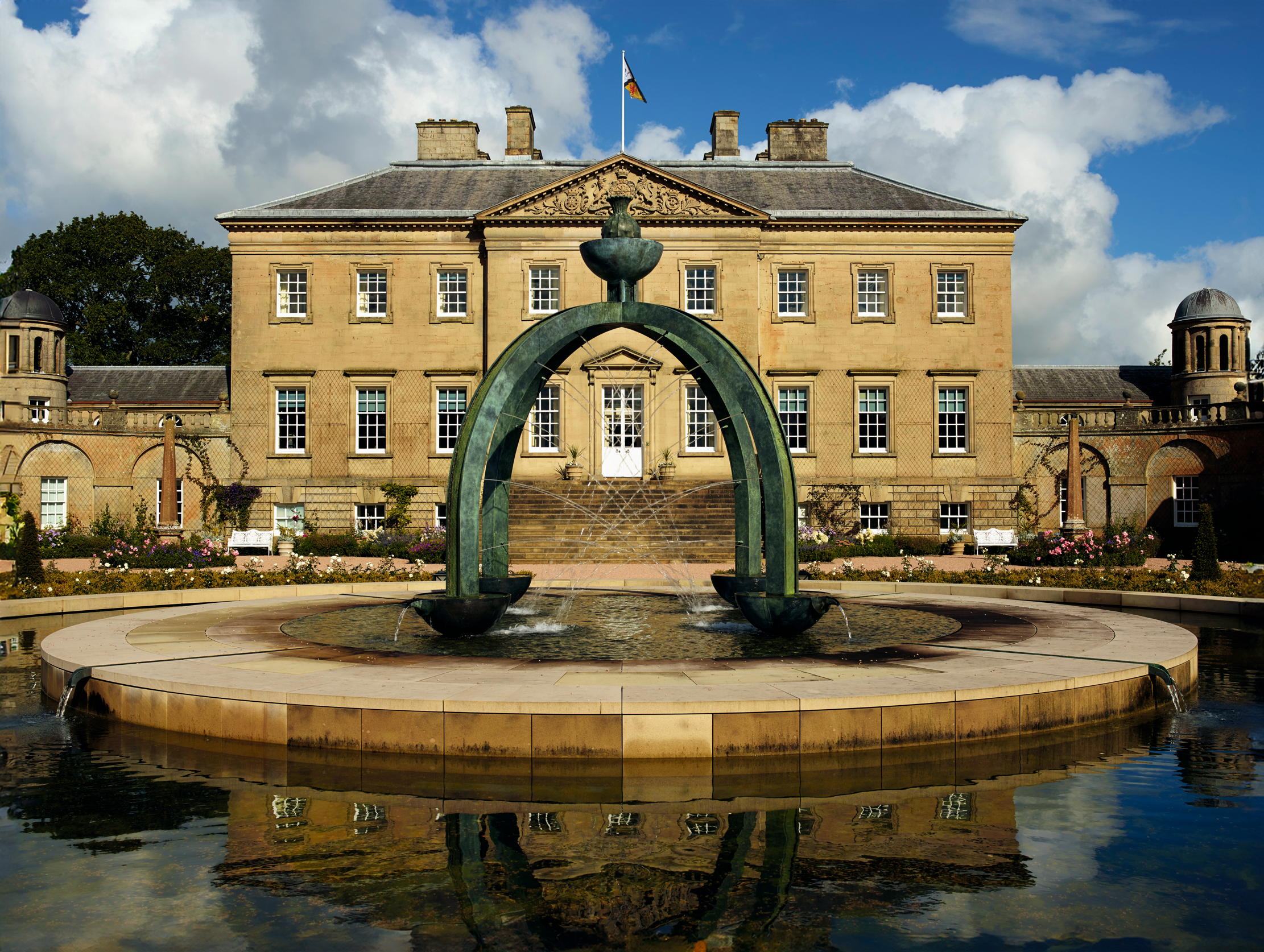

A fountain is simply a flow of water that has been dignified in some way, whether by pouring from a pipe, overflowing from a basin, cascading from an outlet, surging up within a pool or shooting into the sky as a jet — or any combination of these things (Fig 6). It animates its setting with movement, as well as sound and, in the process, becomes a natural focus of attention.
Fountains can ornament any space, internal or external, from a garden (Fig 3) to a street crossing, a cloister to a town square or a conservatory to a dairy. They can be simultaneously ornamental and practical, beautifying a space (Fig 4), as well as supplying it with water, for domestic use or as a source of life for plants and animals. By the inclusion of imagery and sculpture they can also be made magnificent and convey messages and themes (Fig 10).

Historically, the principal challenge of creating a fountain was establishing the necessary supply of water. Across Europe, the engineering skill to create a steady flow of water from a remote source was pioneered by the Romans. In Britain, the bath complexes of private villas — which presumably included fountains — were usually supplied by local springs.
There were also public fountains in forts and towns. One such, made of marble, has been excavated at Corbridge, Northumberland. Another continued to operate in Carlisle as late as 685, when ‘a fountain of marvellous workmanship formerly constructed by the Romans’ was shown to St Cuthbert as a curiosity by a certain Waga, provost of the city.
The engineering skill to construct fountains was revived in Britain after the Norman Conquest. In monasteries, for example, the need for monks to wash before they ate demanded the construction of monumental basins with spouts of flowing water. A fine 12th-century octagonal example of such a lavabo, incorporating quantities of sculpture, existed in the cloister of Much Wenlock Priory, Shropshire. In some Cistercian houses, such as Fountains Abbey, North Yorkshire, lavabos also held benches for the weekly ceremonial washing of feet, the mandatum (or maundy).

Such fittings could be incorporated into wider and complex water systems, as is famously illustrated by the waterworks plan for Canterbury Cathedral Priory in Kent, drawn up in 1165 by Prior Wibert. It has been estimated that this could deliver 10,000 litres of fresh water under pressure to the monastery every hour. Cities, such as London, King’s Lynn, Exeter and Bristol similarly acquired running water supplies commensurate with their size, the outlet commonly dignified by a conduit in architectural form.
Most private domestic systems of water supply in the middle ages, by contrast, made use of water either raised from wells or diverted from gutters. Such small quantities of water could not be used to feed fountains. Early exceptions to this rule from the 14th century onwards were concerned with the supply of water to service buildings. That clearly began to change in the 16th century, undoubtedly under the influence of Italian and French example. By the middle of the century, it was common for the entrance court of any great house or castle to incorporate a fountain flowing with water. These generally took the architectural form of a miniature building, as in the much altered fountains at Little Leighs, Essex, or Newstead, Nottinghamshire. In some cases, these incorporated imagery, as in the case of the so-called White Horse Fountain in Fountain Court at Raglan Castle, Monmouthshire, now lost. It is described in 1587 as running day and night and, by tradition, comprised a white marble horse on a black marble base.
Exquisite houses, the beauty of Nature, and how to get the most from your life, straight to your inbox.

By this date, fountains were appearing widely in gardens. Ornamental fountains almost certainly existed in English medieval gardens, but the evidence is exiguous. The tiny garden set out in 1283 for the Queen, Eleanor of Castile, at Rhuddlan Castle, Flintshire, for example, had a fishpond, but did it have a fountain? From the mid 16th century, however, they became a commonplace. When Elizabeth I visited Kenilworth, Warwickshire, in 1575, the centrepiece of the formal garden beneath the keep (Fig 9) was ‘a very fair fountain’, as described in a letter by Robert Langham, with two athlantes holding a bowl ‘from whence sundry fine pipes did lively distil continual streams into the reservoir of the fountain… wherein pleasantly playing… carp, tench, bream, and for variety, perch and eel’. It was ‘hewn out of rich and hard white marble’, with the Classical imagery of Neptune, Thetis, Proteus and Doris.
It was as an extension of the idea of fountains as display objects that encouraged their use in celebrations. Replacing the flow of water with wine as an act of prodigal generosity is documented in 1520 at Henry VIII’s Field of Cloth of Gold, but it remained a feature of state occasions two centuries later. In his account of Charles II’s triumphal procession through the streets of London on May 29, 1660, to mark his birthday and the Restoration, John Evelyn described ‘the ways strewn with flowers, the bells ringing, the streets hung with tapestry, fountains running with wine’.

Charles II was personally interested in the mechanics of water and used the expertise of Sir Samuel Morland to supply Windsor with a pressured water supply. The London Gazette noted in July 1681, his engine and ‘the strength of eight men, forced the water (mingled with a Vessel of Red Wine to make it more visible) in a continuous stream, at the rate of above sixty Barrels an hour… to the top of the Castle, and from thence into the air above sixty foot high’ in a remarkable demonstration.

Meanwhile, developments in the design of formal Baroque gardens, notably at Versailles in France (which, like its contemporary at Vaux-le-Vicomte, struggled with limited water supply) were setting new standards that English patrons sought to emulate. Celia Fiennes, for example, marvelled at the lost gardens of Bretby Hall, Derbyshire, in the 1690s. Its compartments had fountains that ‘play very finely, some of a great height, some flush the water about’.
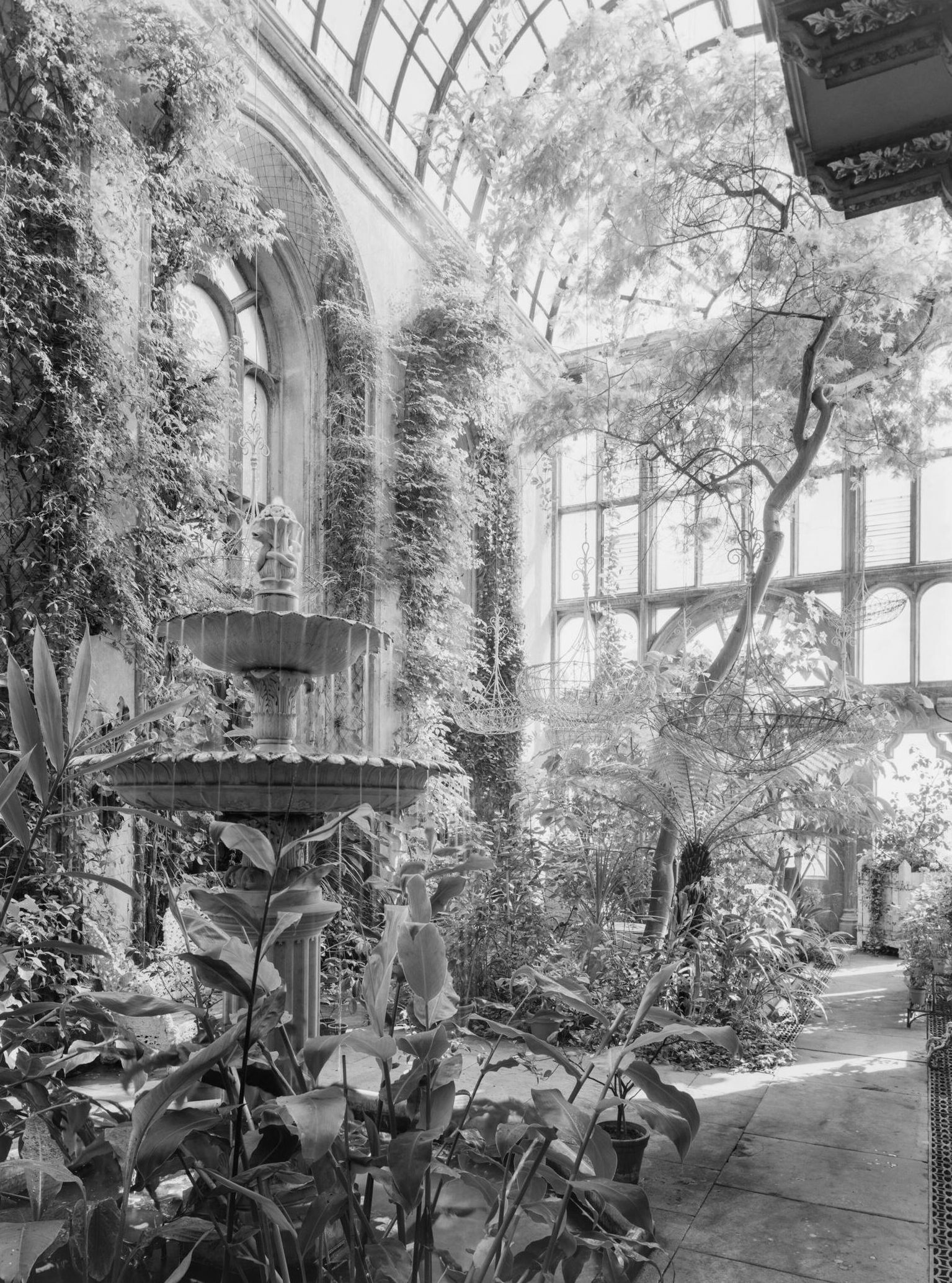
In one, the pipes were set on the branches of trees; in another, they were three fountains with ‘great statues’. Their pedestals incorporated a sundial and ‘a clock which by the water work is moved and strikes the hours’. It could also play the popular Williamite tune Lilibulero. At the end of her tour, she went back to the house and a ‘cool room in which was a fountain where I drank a glass of wine and so proceeded’.
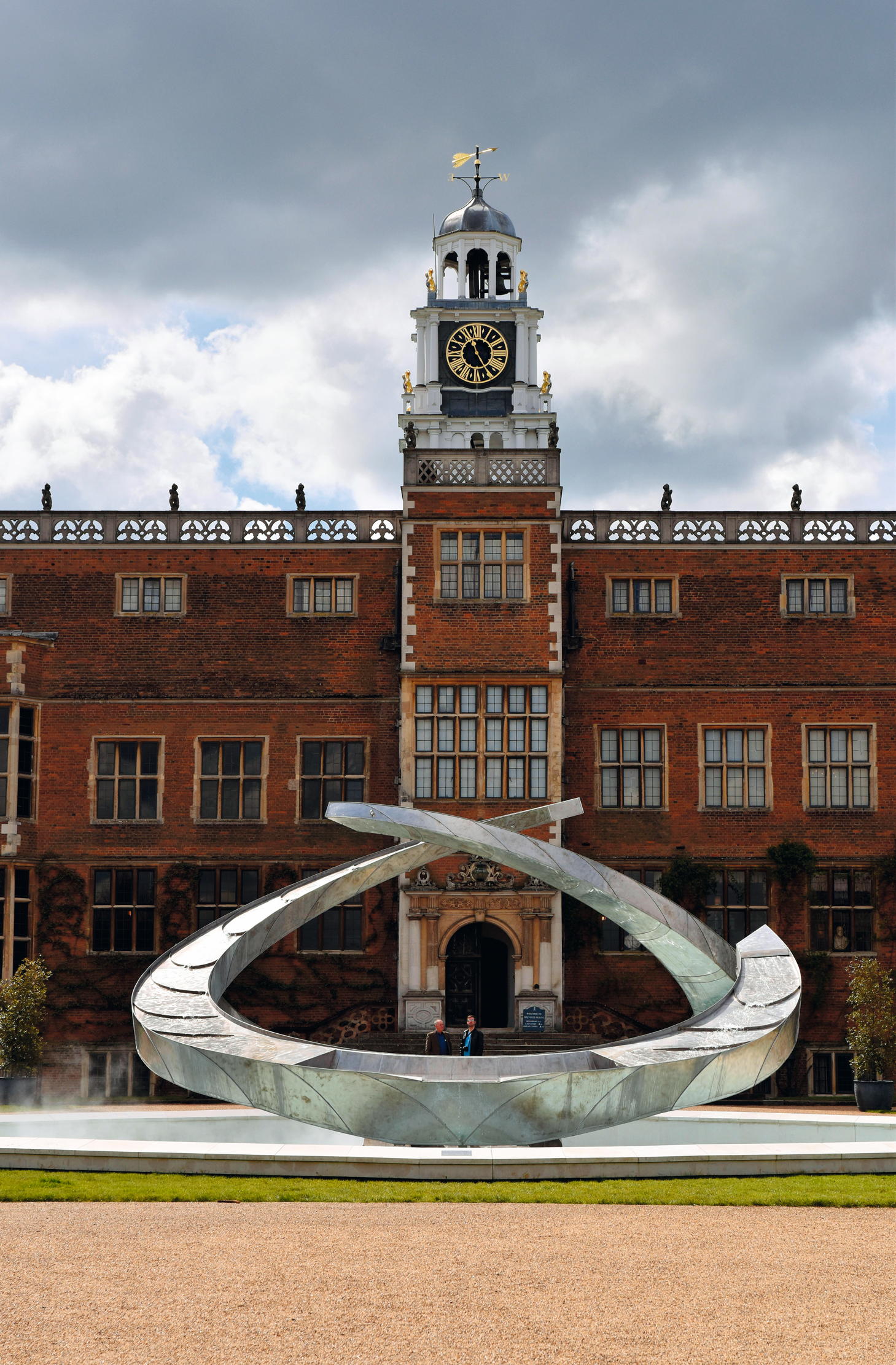
The advent of the naturalised landscape — as opposed to the formal garden — reduced the appeal of fountains in 18th-century Britain, although they remained common. By the 19th century (Fig 2), more efficient systems of domestic water supply ensured that fountains became increasingly decorative, rather than functional. Again, they appeared internally in halls, conservatories (Fig 7) and polite dairies (to cool the room), as well as in gardens. The advent of the electric pump has further widened their appeal and use, encouraging the creation of sculptures animated by water (Figs 1 and 8).
The tallest fountain in Britain, however, is still run on a natural head of water as it drops from the Cotswold ridge. This is the 300ft jet at Stanway in Gloucestershire (Fig 5), engineered by David Bracey of The Fountain Workshop in 2004.
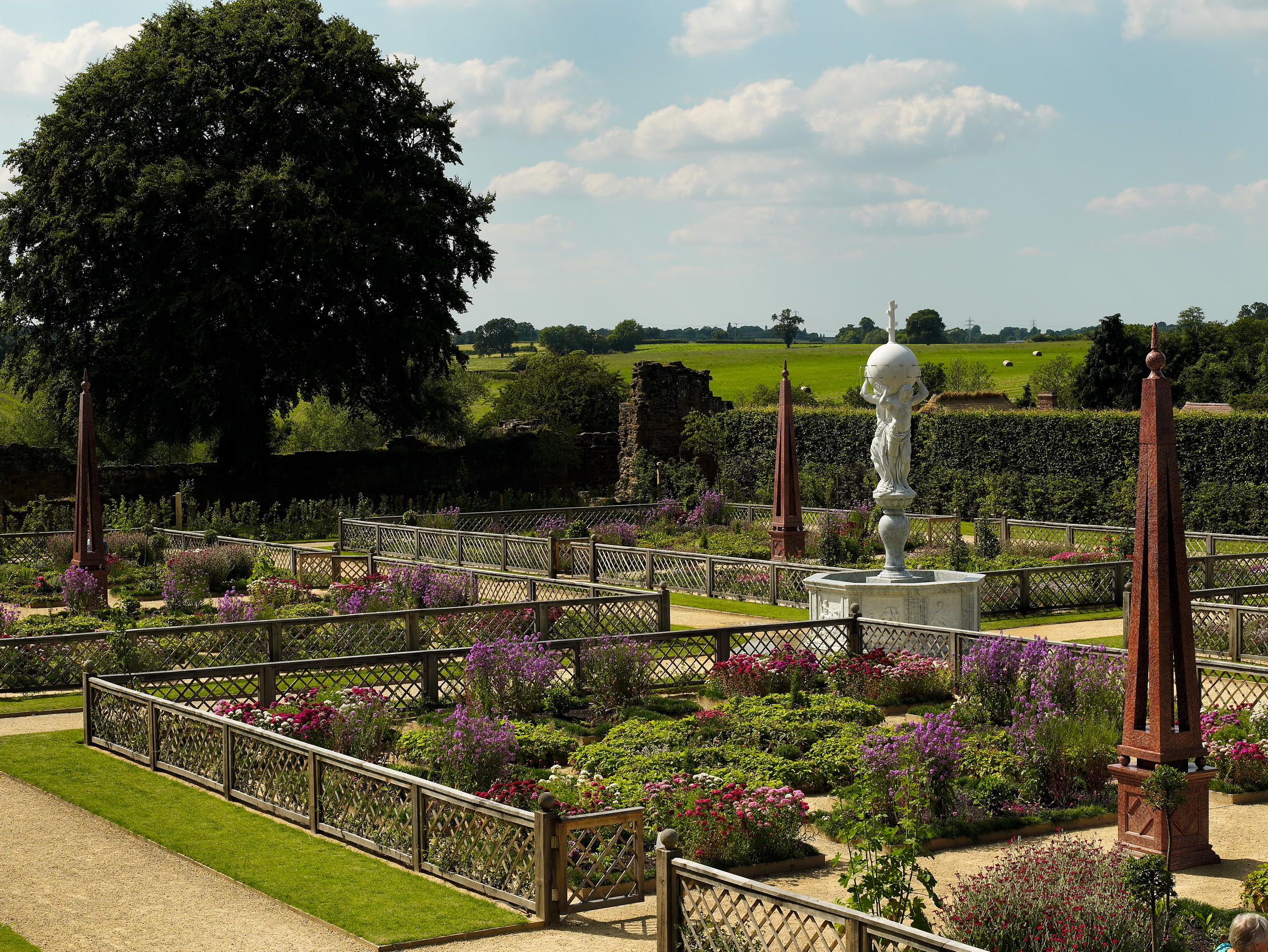
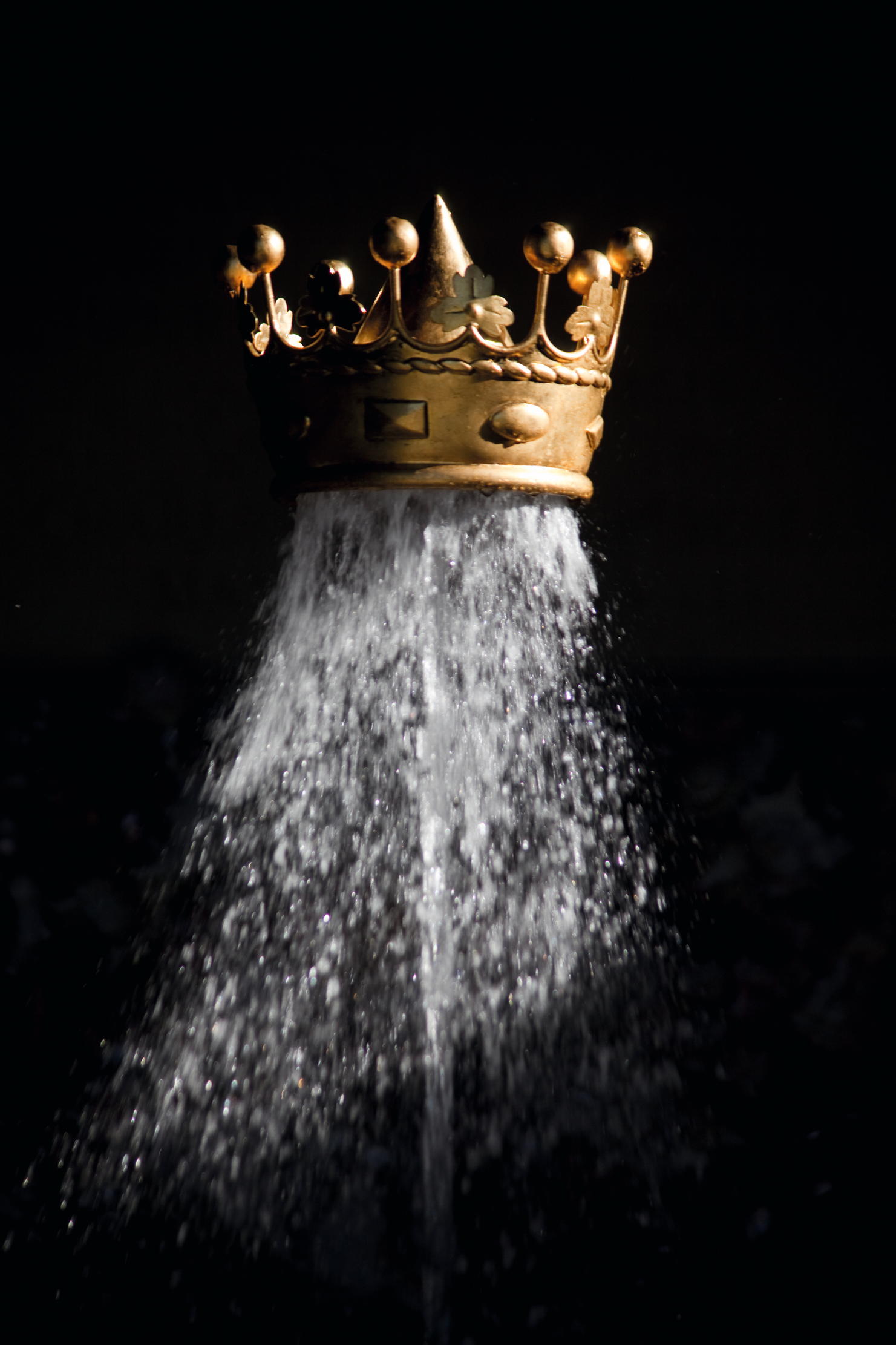

John spent his childhood in Kenya, Germany, India and Yorkshire before joining Country Life in 2007, via the University of Durham. Known for his irrepressible love of castles and the Frozen soundtrack, and a laugh that lights up the lives of those around him, John also moonlights as a walking encyclopedia and is the author of several books.